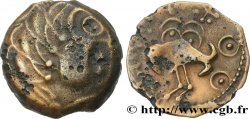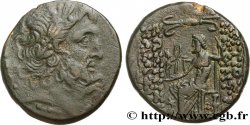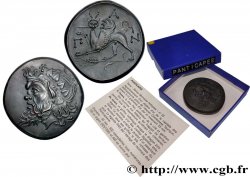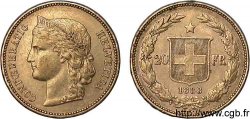v23_1376 - LAFAYETTE (MARIE-JOSEPH-PAUL-ROCH-YVES-GILBERT MOTIER, MARQUIS OF) Médaille de LaFayette
MONNAIES 23 (2004)
Starting price : 250.00 €
Estimate : 350.00 €
unsold lot
Starting price : 250.00 €
Estimate : 350.00 €
unsold lot
Type : Médaille de LaFayette
Date: (1791)
Date: 1791
Metal : copper
Diameter : 35 mm
Orientation dies : 12 h.
Engraver Rambert Dumarest
Weight : 23,78 g.
Edge : SE. VEND. A PARIS. CHEZ. MONNERON (PATENTE’)
Rarity : R1
Coments on the condition:
Cette médaille est frappée sur un flan large et régulier. Les reliefs sont nets et une jolie patine marron de médaillier la recouvre
Catalogue references :
Obverse
Obverse legend : LAFAYETTE DEPUTE A L’ASS. NAT. CONSTITUANTE NE EN 1757 / DUMAREST.
Obverse description : Buste de Lafayette en uniforme à gauche.
Obverse translation : (Lafayette, députe de l’Assemblée Nationale Constituante, né en 1757).
Reverse
Reverse legend : COLLECTION - DES FRANÇAIS - PATRIOTES IL A COMMANDÉ / LA GARDE NATIONALE / PARISIENNE EN 1789 / 1790 ET 1791 / -.








 Report a mistake
Report a mistake Print the page
Print the page Share my selection
Share my selection Ask a question
Ask a question Consign / sell
Consign / sell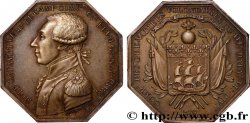
 Full data
Full data